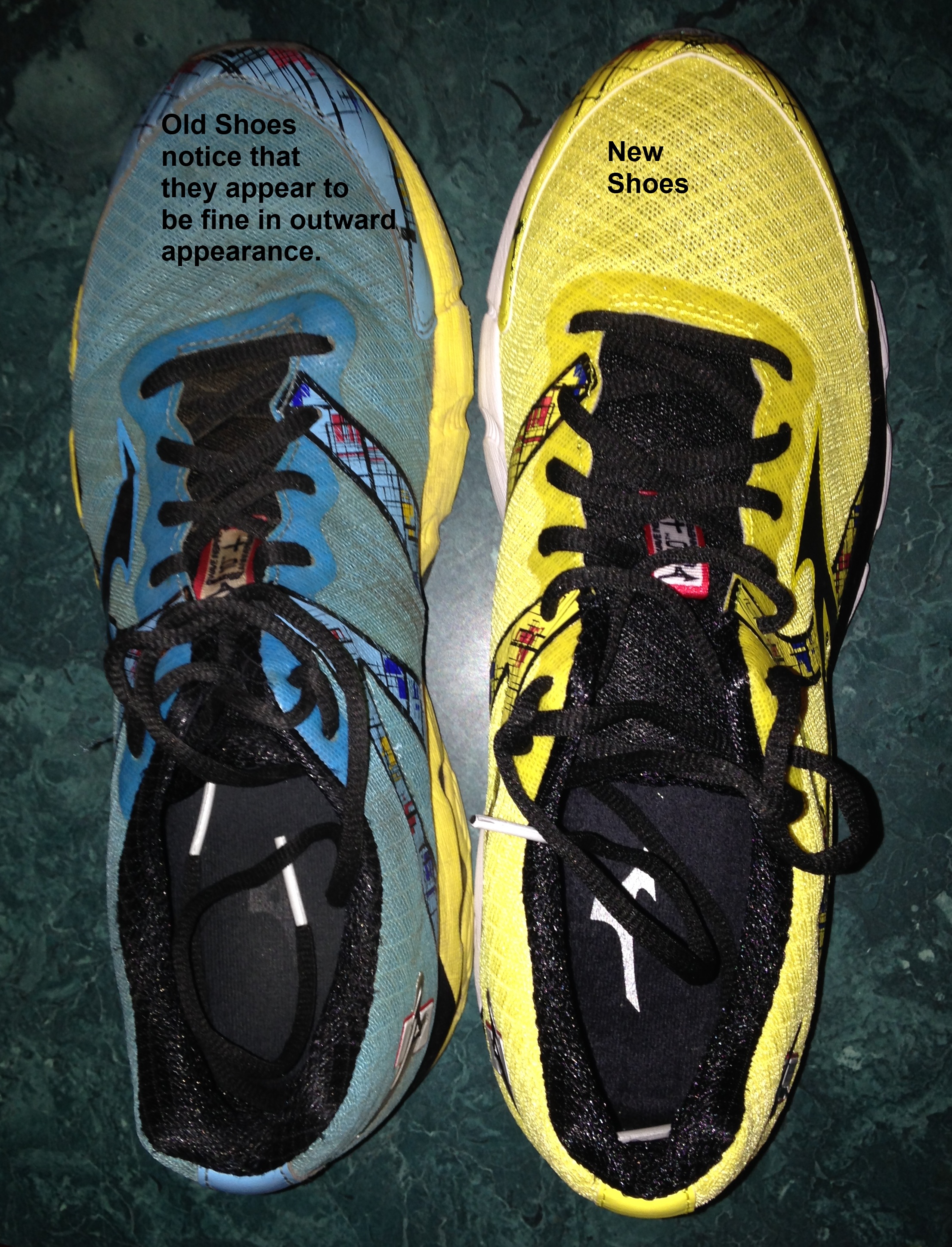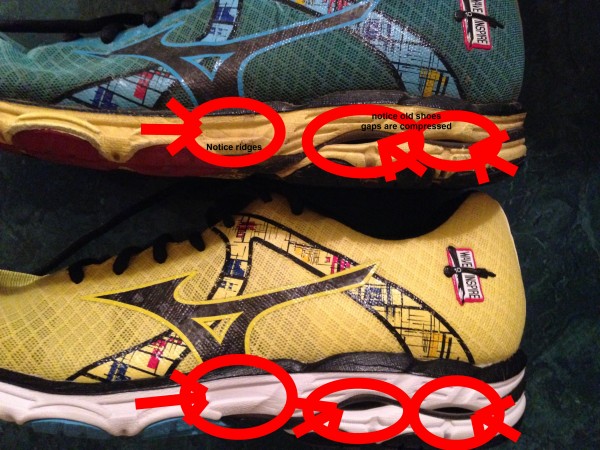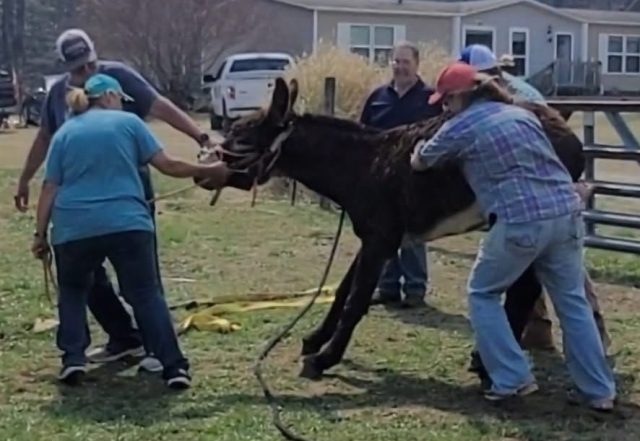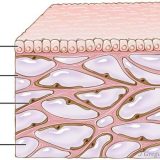Is it time to invest in a new pair of sneakers?
I’m Tonya Tittle, a personal trainer Downtown Memphis and runner for over 25 years, Clients ask us here at Energy Fitness how to tell if it’s time to invest in a new pair of sneakers. Often times having lower leg or low back injuries is the first sign to look at replacing your base of support.
A good pair of running shoes may run you anywhere between $65 and $135. This can add up to a huge investment in your health.Often times you can get last years model for close to half price. Scout online stores like zappos.com, 6pm.com, or amazon.
Most running shoes last anywhere between 300-500 miles, depending on the construction of the shoe, your physical makeup and the way your foot strikes the surface as you run.
The best way to tell if you need a new pair of sneakers is to look for signs of wear and tear on the outsole and checking the compression of the midsole (the cushioning just above the outsole). The outsole, the rubber part that hits the ground, will eventually wear down, much like a tire, making it harder to grip the surface below. The midsole cushion will compress and lose its ability to absorb shock.
 Running on pavement will wear out the outsole much faster than running on dirt roads, grass and treadmills. However, the midsole cushion will compress at the same rate no matter the surface. To test your midsole, turn your shoe over and press on the outsole, notice the compression of the midsole section. As you wear the shoes, the compression area of the midsole will lessen. Trying a new shoe on one foot, while keeping your old shoe on the other is also another way to check your midsole compression. If you are significantly higher in the new shoe, your midsole is compressed.
Running on pavement will wear out the outsole much faster than running on dirt roads, grass and treadmills. However, the midsole cushion will compress at the same rate no matter the surface. To test your midsole, turn your shoe over and press on the outsole, notice the compression of the midsole section. As you wear the shoes, the compression area of the midsole will lessen. Trying a new shoe on one foot, while keeping your old shoe on the other is also another way to check your midsole compression. If you are significantly higher in the new shoe, your midsole is compressed.
What’s your wear pattern?
If your sneakers have an even wear across the heel and under the ball of the foot, then you have an uniform stride along the foot from heel to toe. About 80% of runners fall into this category.
If your outsoles are worn down mostly on the outside of the shoe, it indicates that you are not rolling your ankle inward enough when running and you are striking the ground with the outside edges of your foot. Runners in this category are susceptible to stress fractures and should buy shoes that are well cushioned for shock absorption.
Sneakers that have significant wear in the heel and ball of the foot extending up to the big toe indicates that the runner rolls their foot too far inward as they land. Shoes that provide arch support can help limit this roll and keep their pace in line.

When sneakers show wear mostly in the heel, with slight wear around the ball of the foot, it points to an overstride, or running with the feet too far in front of the body. Runners in this category should buy shoes that offer protection with extra cushioning to relive some of the shock when landing.
The bottom line, is to trust your gut and pay close attention to how your body feels during and after a run. If you experience discomfort due to poor tread or wear, go try on a new pair.
Not a client and want a Free Fitness or Nutrition Consult (value $87) or
interested in our Personal Training Services click here or call us 901-466-6242.
Check out our customized online training ($40-$80) here: Online Customized Training
Interested in our Massage or Body Wraps? Click here.




